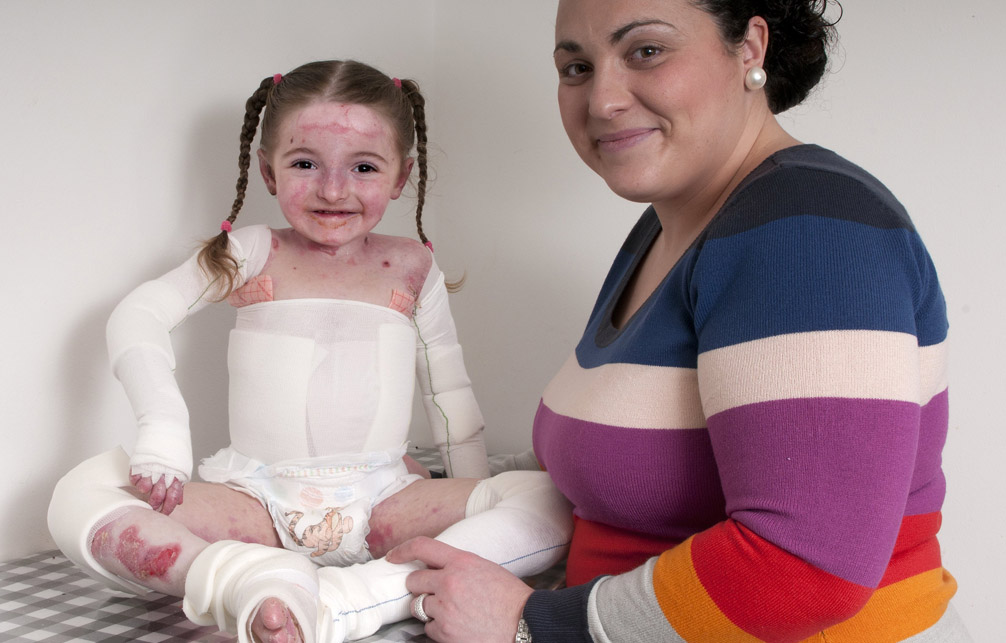Epidermolysis bullosa (EB) is a general term used to describe a group of rare, inherited skin disorders that cause the skin to become very fragile, resulting in easy blistering of the skin and mucous membranes. Blisters occur with minor trauma and are extremely painful. Severity can range from mild to fatal. Those with mild cases may not develop symptoms until they start to crawl or walk. Complications may include esophageal narrowing, squamous cell skin cancer, and the need for amputations.
There are 4 major types of EB: simplex, dystrophic, junctional and Kindler syndrome. Of these, EB Simplex accounts for 70-75% of all cases.

Disease Background
EB Simplex was the first keratinopathy to be discovered. It is primarily caused by mutations in keratin 5 or 14. Mutations found in patients with EB Simplex lead to the collapse of intermediate keratin filaments that are formed in the basal layer of the epidermis of the skin, leading to loss of cell integrity.
There is no cure and no drugs on the market targeting specifically this disorder thereby making it a high unmet medical need. EBS management involves wound care, pain control, controlling infections, nutritional support, and prevention and treatment of complications.
1 in 20,000
births affected by epidermolysis bullosa
1 in 125,000
prevalence throughout the US and Europe
~500,000
people are affected globally
Gender
EB occurs equally commonly in males and females
70-75%
of the 4 major types of EB, EBS accounts for 70-75% of all cases

